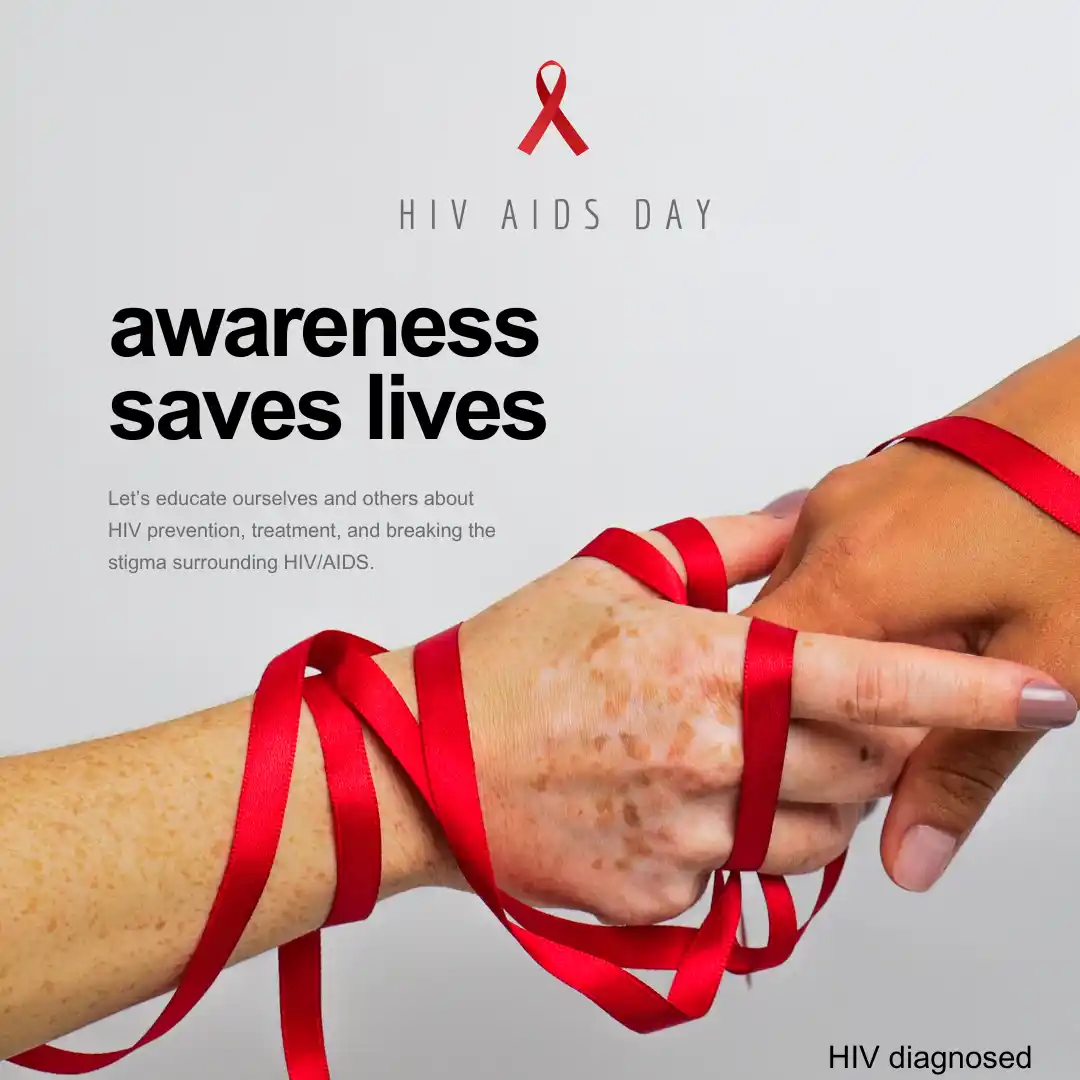
How is HIV diagnosed ?

- 7, Oct 2025
How is HIV diagnosed ?
1) Initial HIV testing (screening)
- Fourth-generation HIV tests (recommended first-line): These tests detect both HIV antibodies and the p24 antigen. They can identify most infections within about 18–45 days after exposure, and often sooner for some people. They are usually done as blood tests (venous or fingerstick) or, in some settings, oral fluid tests.
- Rapid HIV tests: Many rapid tests are antibody-only and may be less effective in the early window period. Some rapid tests are fourth-generation, but availability varies by location.
2) If screening is positive or equivocal
- Confirmatory testing:
- In many places, a positive fourth-generation screening test is followed by an HIV-1/2 antigen/antibody differentiation test or a Western blot/IFA (less common now). The goal is to confirm HIV infection and rule out cross-reactivity.
- A nucleic acid test (NAT) or HIV RNA test may be used if there is a high suspicion of acute HIV infection or if the individual has symptoms but the first test was negative or inconclusive.
- What “acute HIV infection” means: This is the period soon after infection when antibodies may not yet be present, but the virus is detectable by NAT or p24 antigen. Fourth-generation tests reduce this window, but NAT may still be necessary in certain scenarios.
3) After diagnosis (staging and baseline labs)
- CD4+ T-cell count: Assesses immune system status and helps stage disease.
- HIV RNA (viral load): Measures how much virus is in the blood; important for monitoring treatment response.
- Baseline labs: Complete blood count, liver and kidney function, hepatitis B and C screening, and screenings for other conditions as indicated.
- Resistance testing: If starting or changing therapy, to identify drug resistance mutations.
- Other screenings (per guidelines): Tuberculosis screening in some regions, cervical cancer screening in people with a cervix, STD testing if indicated by risk.
4) Special considerations
- Window period: After exposure, there can be a period during which tests may be negative. Fourth-generation tests reduce this window to roughly 18–45 days, but NAT can detect infection a bit earlier.
- If exposure was recent and test is negative: Healthcare providers may recommend retesting at 4–6 weeks and again at 3 months after exposure to rule out infection definitively.
- Oral fluid vs blood tests: Blood tests (fingerstick or venous) are typically more reliable than oral fluid tests for initial screening. If an oral fluid test is positive, confirmatory blood-based testing is usually performed.
5) Practical steps if you’re getting tested
- Ask about the type of test: Is it a fourth-generation test? Will there be reflex NAT if negative but suspicion remains?
- Informed consent and counseling: Many clinics offer pre- and post-test counseling.
- Result delivery: Some results are given in person; others by phone or secure message. A positive result requires linkage to HIV care promptly.
Quick reference: typical testing algorithm
- Screening: Fourth-generation HIV test (antibody + p24 antigen).
- If positive or indeterminate: Confirm with a supplemental assay (e.g., HIV-1/2 differentiation test) and/or NAT if acute infection is suspected.
- Ongoing management: Baseline labs (CD4 count, viral load) and initiation of antiretroviral therapy (ART) if not already started, with regular monitoring.
- HIV Matrimony
- HIV Positive Matrimony
- HIV Marriage
- HIV Marriage bureau
- HIV Positive girl for Marriage
- HIV Matrimony india
- Free HIV Matrimony
- HIV Positive girl mobile number
- HIV Matrimony telugu
- HIV Matrimony Marathi
- HIV Marriage bureau telugu
- HIV Positive marriage bureau
- HIV Positive marriage
- HIV Positive Matrimony in tamilnadu
- HIV Positive Matrimony in Mumbai
- HIV Positive Matrimony in Hyderabad
- HIV Positive Matrimony in Bengaluru
- Parichay Matrimony
If you are searching for Non-HIV profiles then log on to - Parichay Matrimony Pvt Ltd India's trusted matrimony for all castes.
- Muslim Marriage
If you are searching for Non-HIV Muslim profiles then log on to - Muslim Marriage Bureau India's leading muslim matrimony for all muslim castes.
HIV Matrimonal Keywords
Gujarati
Marwari
Nepali
English
Hindi
Malayalam
Bihari
Kutchi
Tulu
Marathi
Chatisgarhi
Tamil
Telugu
Oriya
Kannada
Bengali
Rajasthani
Himachali
Agarwal
Guptan
Napit
Vaishnava
Koracha
Ezhava
Deshastha Maratha
Badhai
Jat
Varshney
Mahindra
Bania
Wani
Gavandi
Kalal
Konkani
Kokanastha Maratha
Brahmin Mohyal
